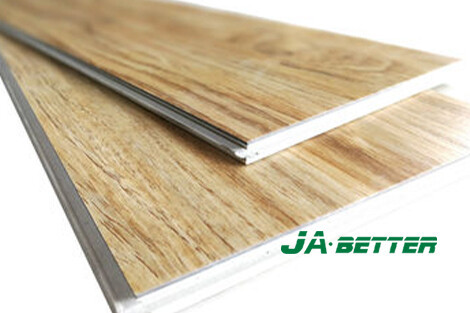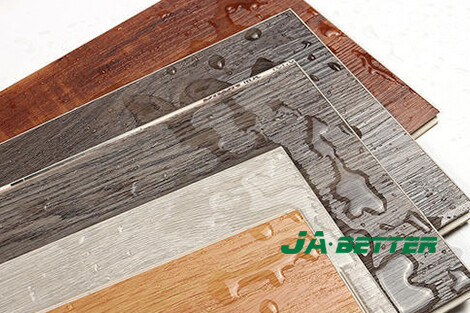Welcome to Qingdao Jabetter New Material Technology Co., Ltd. Official Website!
The emergence of calcium-zinc stabilizers in the field of WPC (Wood-Plastic Composite) panels represents not only an environmental upgrade in line with the global "lead-free" trend but also a significant enhancement to the overall product performance, making them one of the core additives for modern high-quality WPC manufacturing.
1. Thermal Stability Guardian During Processing
The processing window for WPC is highly demanding. The PVC resin matrix in WPC is prone to decomposition and releases hydrogen chloride (HCl) under high temperatures, while the addition of large amounts of wood flour/plant fibers, due to their moisture content and certain components, can catalyze and exacerbate this degradation reaction. Calcium-zinc stabilizers efficiently and promptly capture and neutralize HCl, effectively delaying the "zipper-like" decomposition of PVC. This provides crucial thermal protection for the material as it undergoes high temperatures and high shear in the extruder, ensuring processing stability and preventing surface scorching, yellowing, or porosity caused by degradation. This is a prerequisite for achieving continuous and efficient production.
2. Ensuring Long-Term Weather Resistance and Color Stability
WPC panels are often used in outdoor environments, exposed to long-term UV radiation, heat, moisture, and oxygen. Calcium-zinc stabilizers not only provide thermal stability during processing but also contain components that continue to function, absorbing and resisting factors like light and oxygen aging. This slows down fading, powdering, and strength loss caused by resin degradation and the natural aging of wood flour. Compared to some traditional stabilization systems, the calcium-zinc system helps WPC panels maintain their aesthetic appeal and mechanical properties for a longer duration.
3. Foundation of Environmental Safety
This is the most notable advantage of calcium-zinc stabilizers. WPC panels are commonly used in outdoor flooring, guardrails, garden landscapes, and other applications where close contact with humans, animals, and plants is expected. The non-toxic nature of calcium-zinc stabilizers completely eliminates the risk of heavy metal lead leaching from the panels, which could pollute the environment or harm health. This makes WPC products truly green and environmentally friendly materials, easily complying with stringent regulations such as EU RoHS and REACH.
4. Good Compatibility with Wood Flour and Additives
Calcium-zinc stabilizers exhibit excellent compatibility with wood flour and other biomass fillers, as well as other commonly used additives in WPC (such as lubricants and coupling agents). They do not interfere with the dispersion of wood flour or the effectiveness of interfacial bonding, thereby ensuring the final uniformity and mechanical strength of the panels.
In summary, calcium-zinc stabilizers have transcended the role of mere "stabilizers" for WPC panels. They are both a "technical engine" that ensures smooth processing and enhances product weather resistance, and a "trust cornerstone" that endows products with green and safe attributes. They are a key force driving the sustainable development of the WPC industry toward high performance and environmental responsibility.


☁Web:http://www.jbtpvc.com/
☎WhatsApp:008618963029813
✉E-mail: info@Jabetter.com
#PVC_stabilizer #PVC_foaming_agent#PVC_processing_aid#WPC_additive#PVC_lubricant#Chemicals#Chemical_auxiliary_agent#PVC#PVC_additives
#PVC_stabilizer #PVC_foaming_agent#PVC_processing_aid#WPC_additive#PVC_lubricant#Chemicals#Chemical_auxiliary_agent#PVC#PVC_additives

